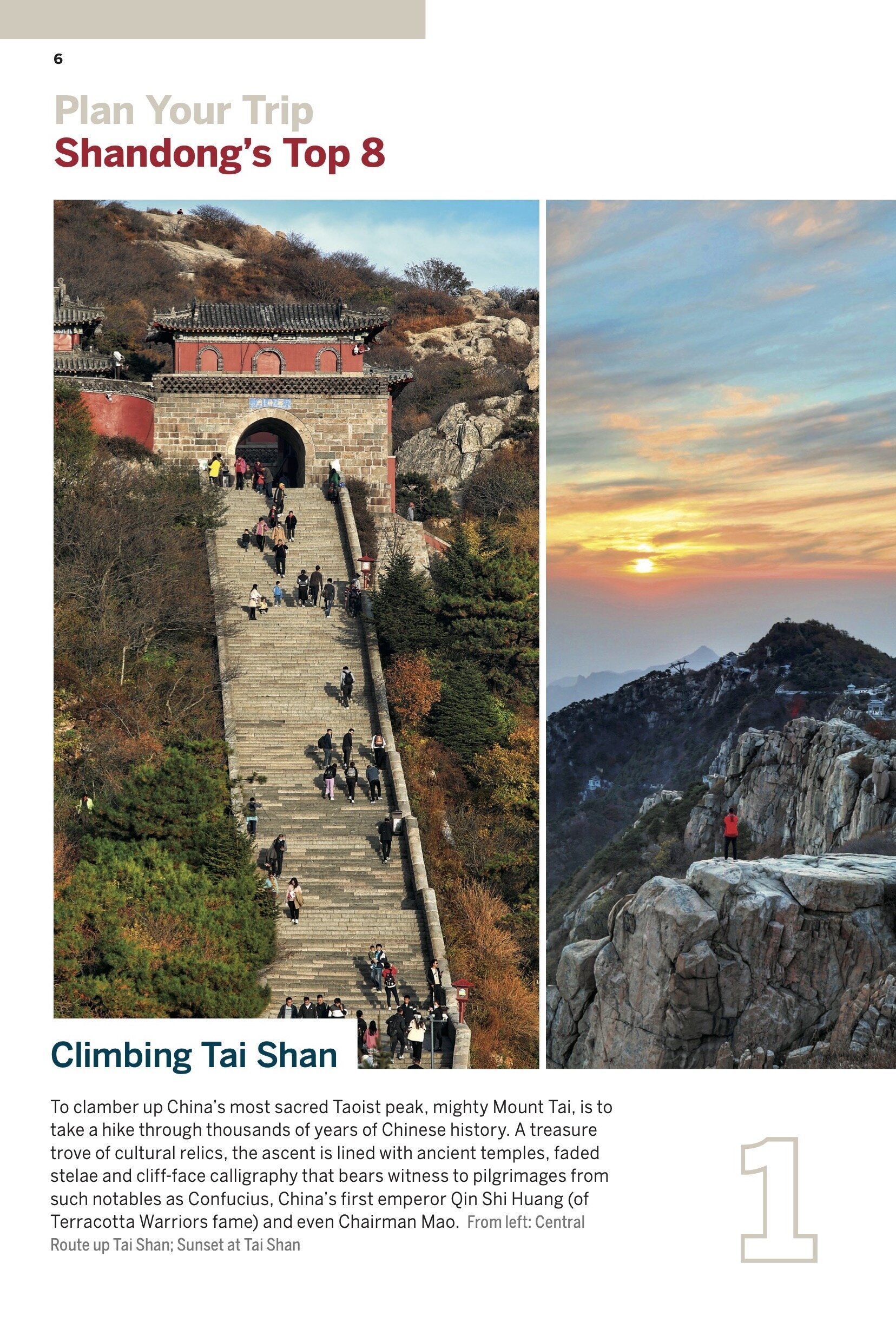No problematic history, please!
I’ve just seen some pages from a Lonely Planet Guide I wrote for the province of Shandong in Eastern China last year. It was a sponsored guide paid for by the tourism bureau, so I wasn’t surprised (though still disappointed) that they decided to cut some of the history boxes I included in the main book.
I’m including the offending sections below for posterity…One of the editors in the Beijing office had a great line: “…it just feels a bit absurd that this history was taught to us when we were in high school, to remind us not to forget the history.”
[Boxed text] Concession-era Ji’nan
Ji’nan entered the modern age in 1904 when a newly-built railway connected the city with Qingdao on the coast, then a German-run treaty port. Trade flourished and Ji’nan’s urban centre expanded westwards, the population of the city doubling to 100,000 by 1911. Scattered traces of concession-era architecture, including churches and banks, can still be found today amid the modern office blocks and shopping malls. You can see old photos and artefacts from this era at the Jinan Commercial Port Culture Museum (济南商埠文化博物馆, Jǐnán Shāngbù Wénhuà Bówùguǎn; 370 Jingsi Lu, 经四路370号; Free, [h] 9am-5pm Tue-Sun).
[Boxed text] History of Occupied Qingdao
Eager to catch-up with Britain and France who had already acquired concessions in China, the German Empire seized ‘Tsingtau’, then a fortified harbour and fishing village, in 1897, using the murder of two German missionaries as pretext. The Kaiser claimed a territory totalling 552 square-kilometres on a 99-year lease, but the outbreak of WW1 in 1914 saw it cut short. Even so, 17 years was enough for Germany to leave their mark: the Tsingtao Brewery was opened, electric lighting and a sewage system installed, missions and a university established, and the railway to Ji'nan built.
After WW1 the Allies agreed to return Qingdao not to China but to Japan. This caused student uprisings in Beijing which spread across the country in what became known as the May 4th Movement. The US helped negotiate ‘The Shandong Problem’ in 1922, returning Qingdao to China. The city thrived and grew as a cosmopolitan destination up until 1938 when the Japanese took over again and held on until the end of WWII.
